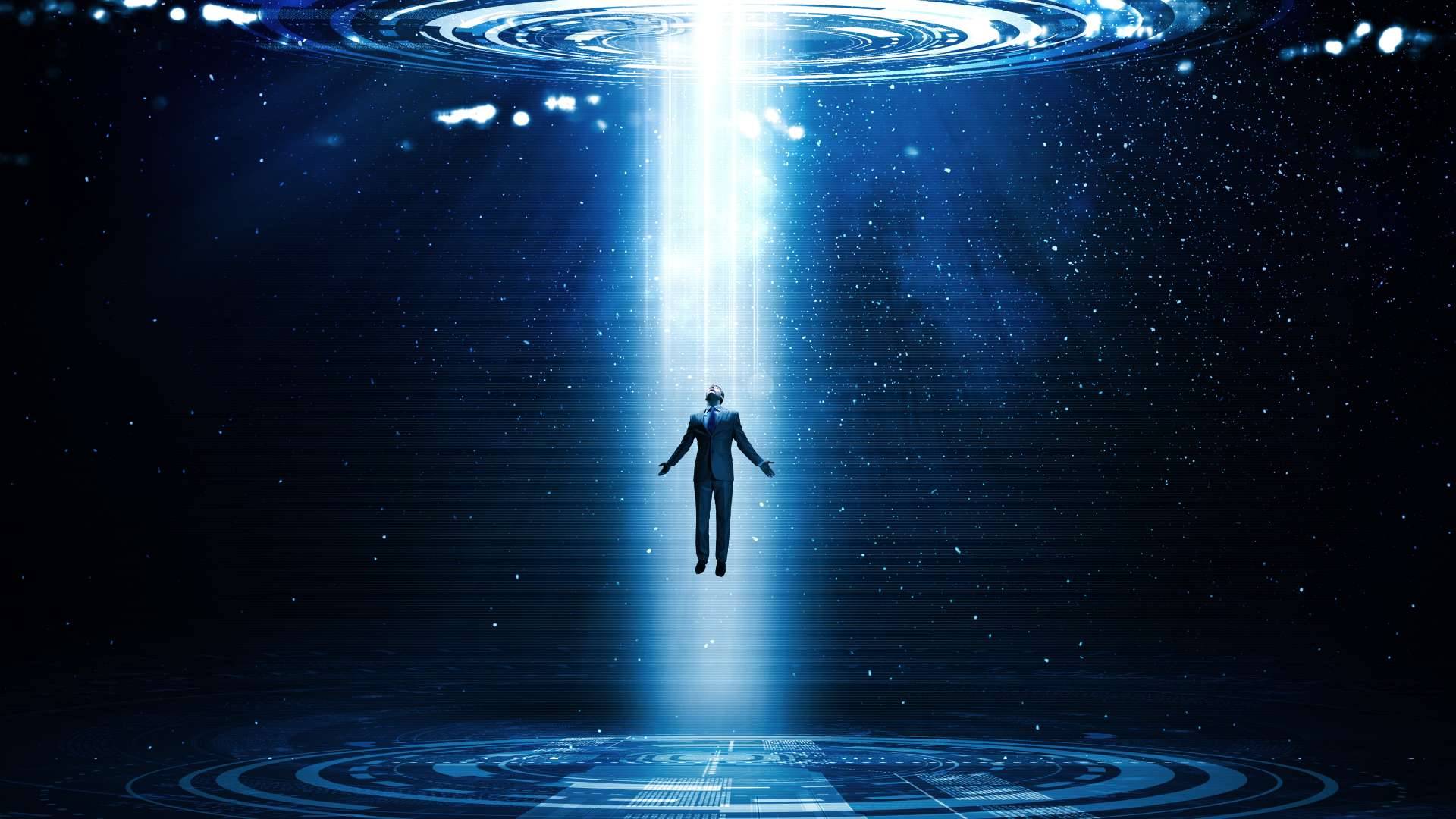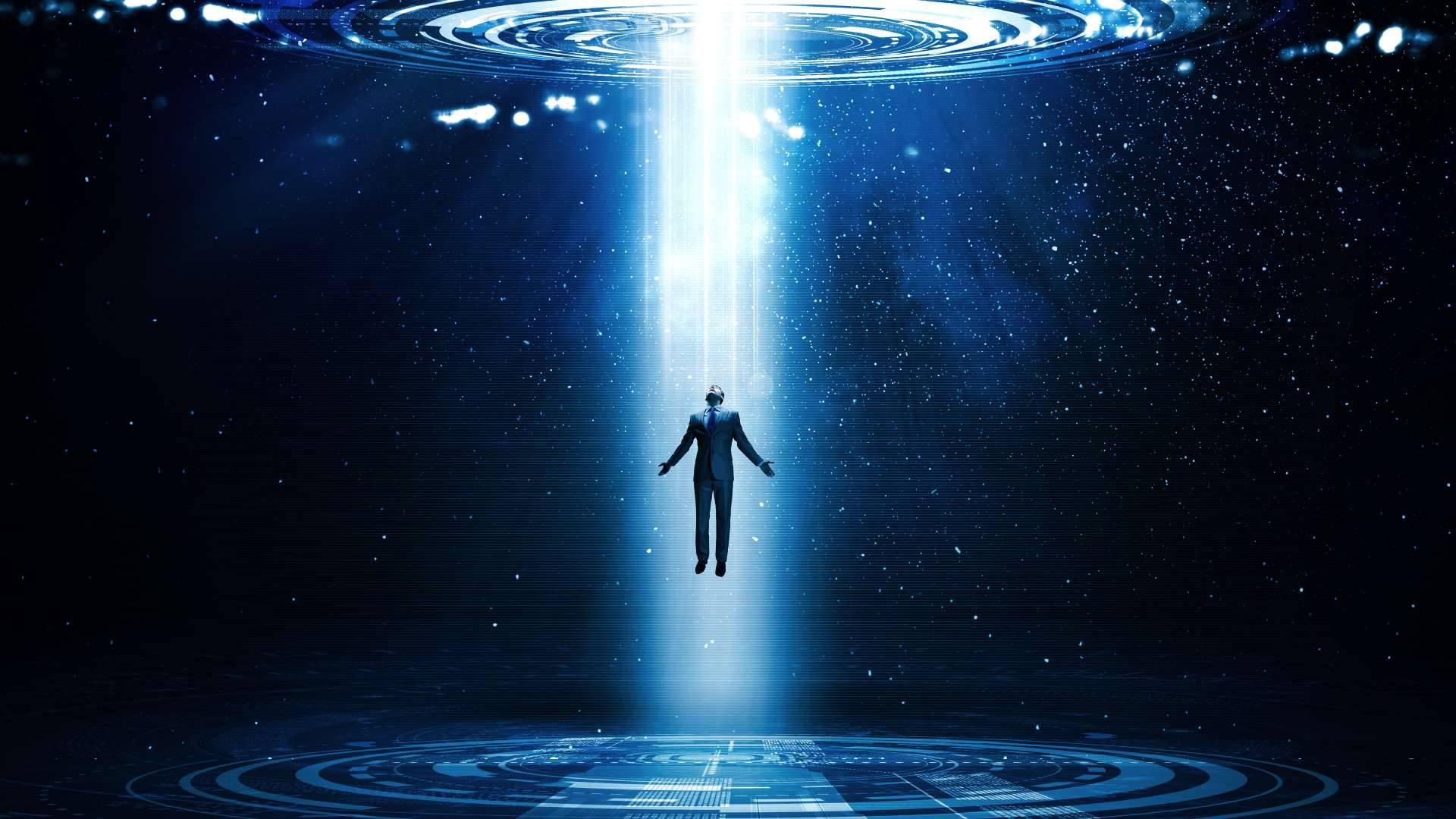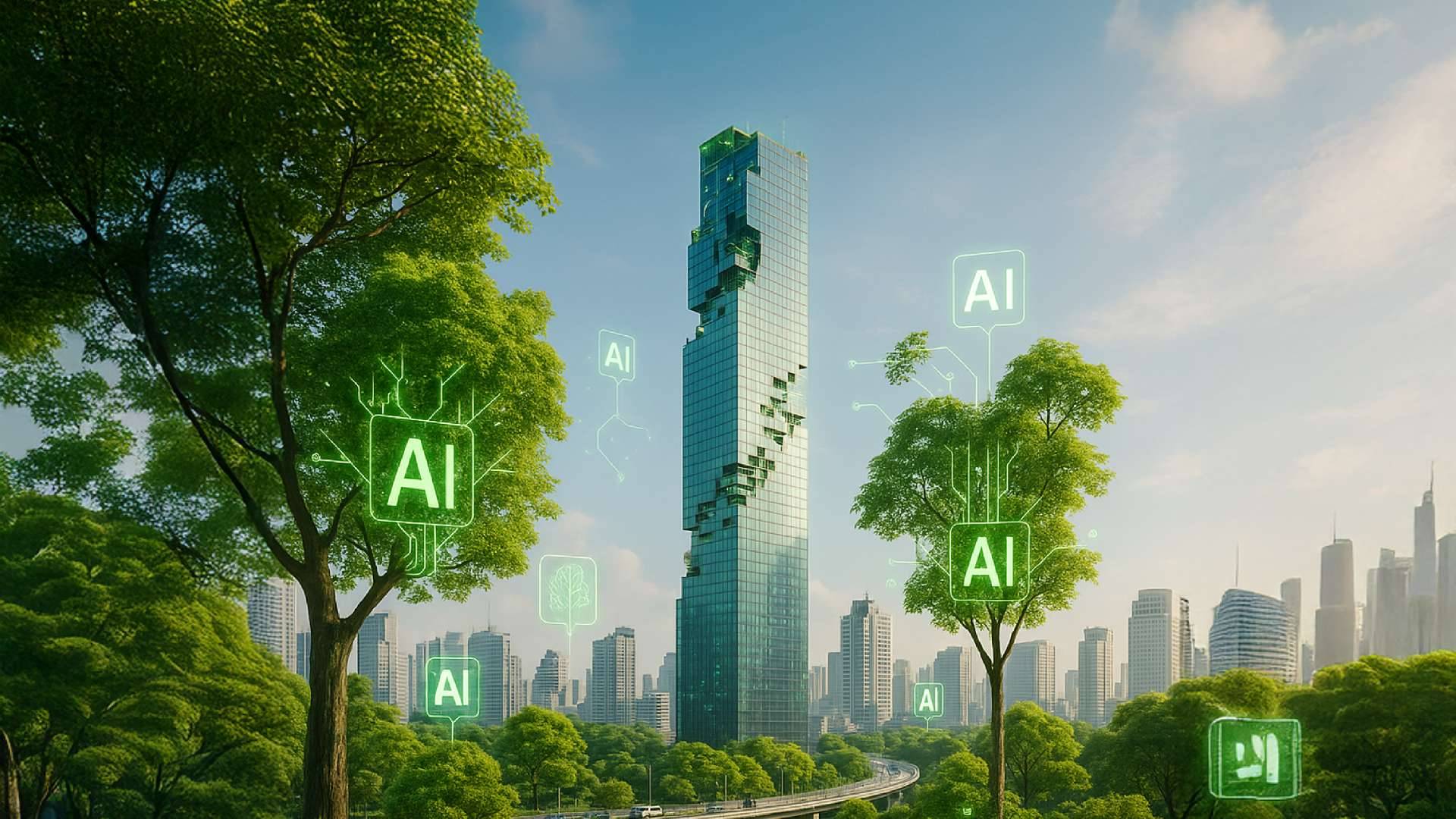
Warp Drive
ARTICLES | Dec 24, 2021

If you could go anywhere in a split second, where would you go?
Warp technology is under continuous research and some scientists believe it could be achieved within 100 years. Others believe that, despite its theoretical basis, it can never be put into practice. Thinkers like Elon Musk and Jeff Bezos dream of space settlements and are passionate about space travel, which could drive warp drive development.
- Mexican researcher Miguel Alcubierre proposed in 1994 that spacecraft could surf deep space waves in “warp bubbles”, where space in front expands rapidly and space behind shrinks into a negative mass. Negative mass is a challenges for warp drives. It hasn't been detected for sure. But some discoveries support its existence.
If this assumption is correct, warp movements wouldn’t break the theory of relativity in producing enough energy to allow space-time to transmit and move objects in the blink of an eye.
- Researchers at LIGO Observatory proved in 2016 that space can warp and bend under the influence of large gravitational fields.
- Researchers at the University of Rochester demonstrated in 2018 how to create negative mass using lasers. NASA researchers succeeded in producing tiny warp bubbles under experimental conditions. These findings brought the possibility of warping a little closer. But a large amount of negative mass is still necessary for space travel.
From a technical point of view, warp drive and interstellar travel are far from reality. But small advances can bring us closer to eventual success, when we will be able to reach a destination in a split second.
Implications for the future:
- Long-distance journeys of future objects and humans may take a fraction of a second.
- Current modes of travel may disappear altogether if technology is developed at full speed.
- The enormous power consumption of this technology may affect our use of energy resources and should be watched closely.
Sources: https://www.youtube.com/watch?v=Imi8-rCicaQ..., https://www.nanowerk.com/news2/space/newsid=57475.php, https://www.scientificamerican.com/.../star-treks-warp.../, https://theconversation.com/warp-drives-physicists-give...











